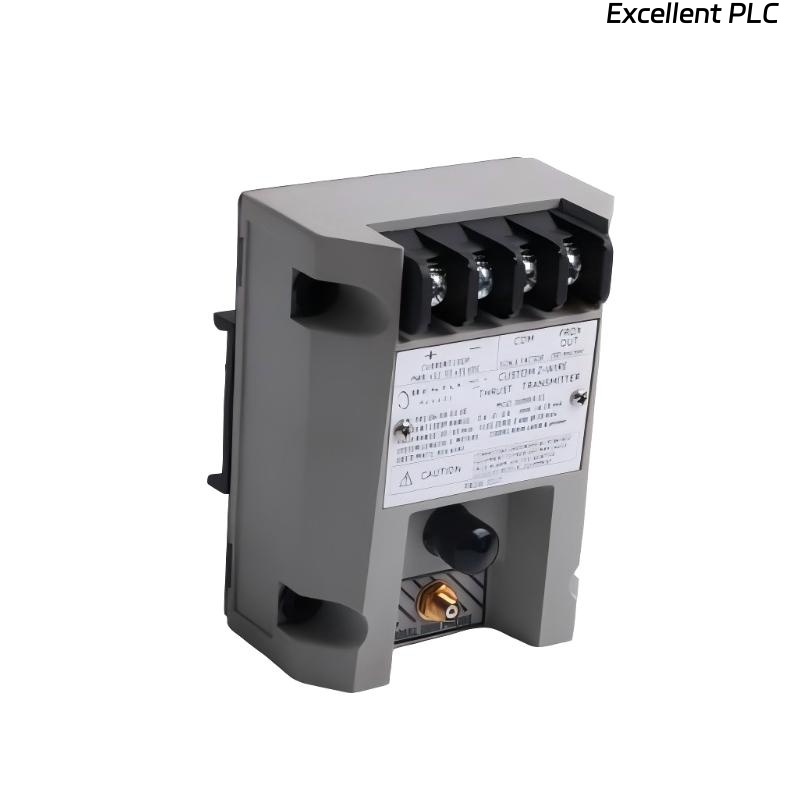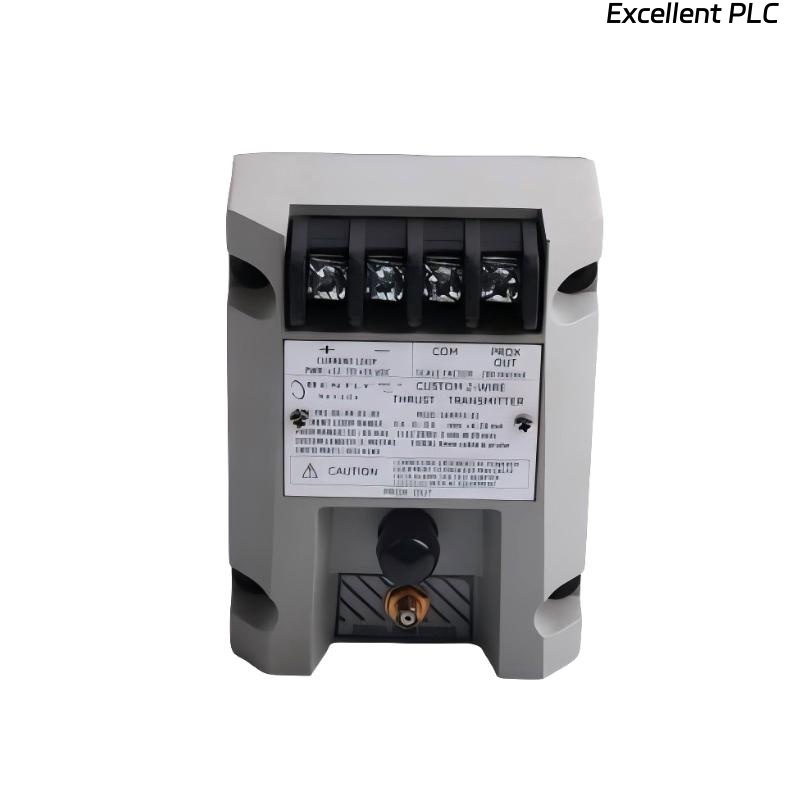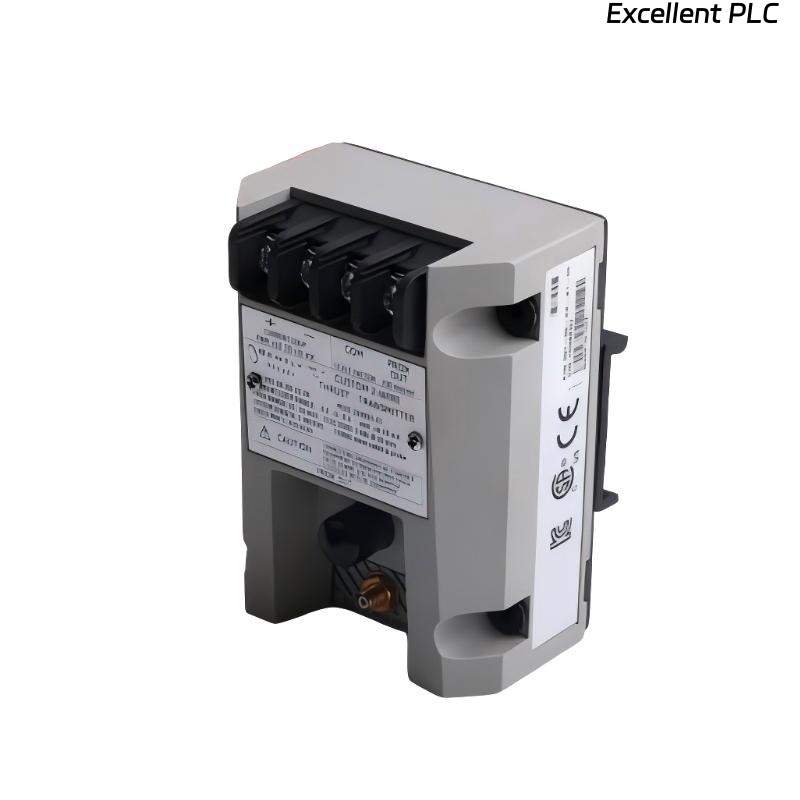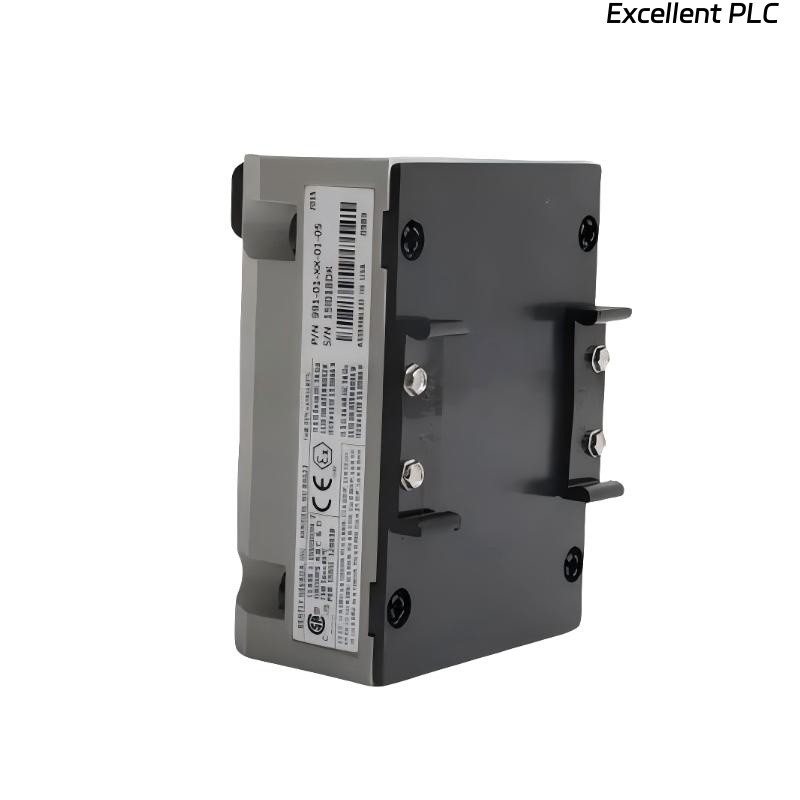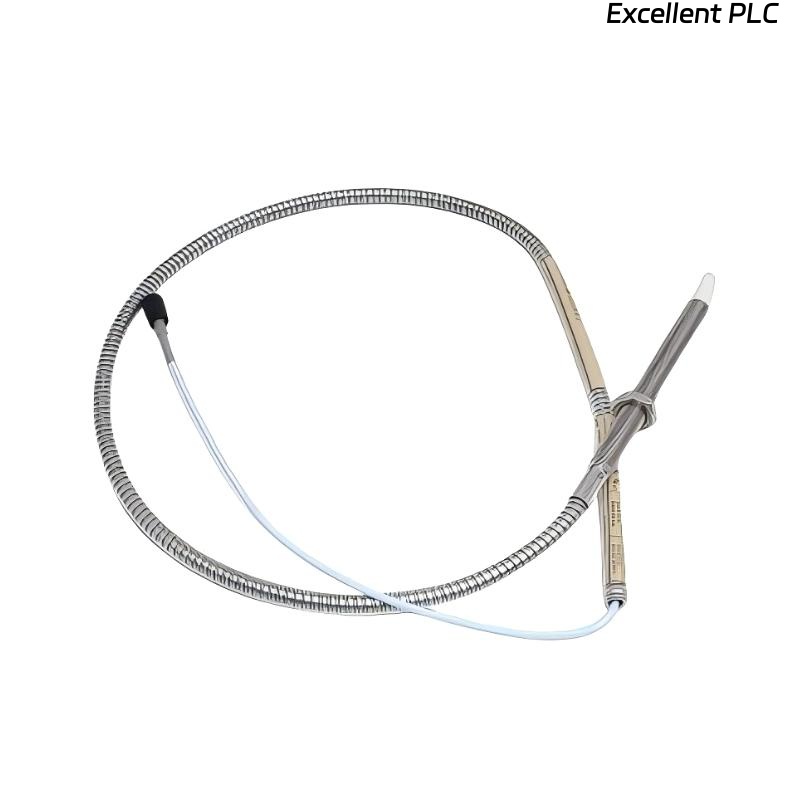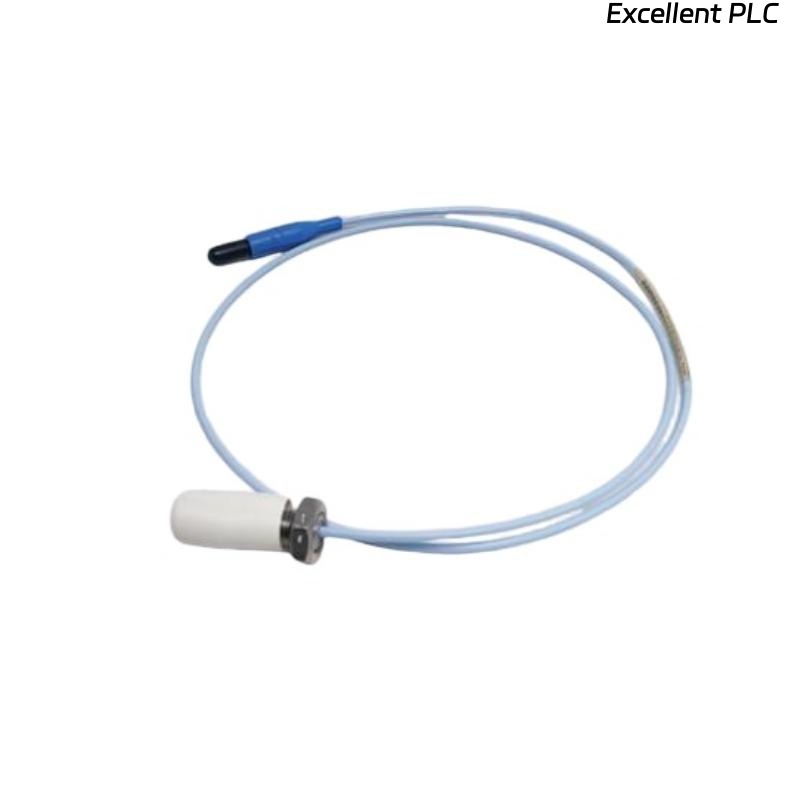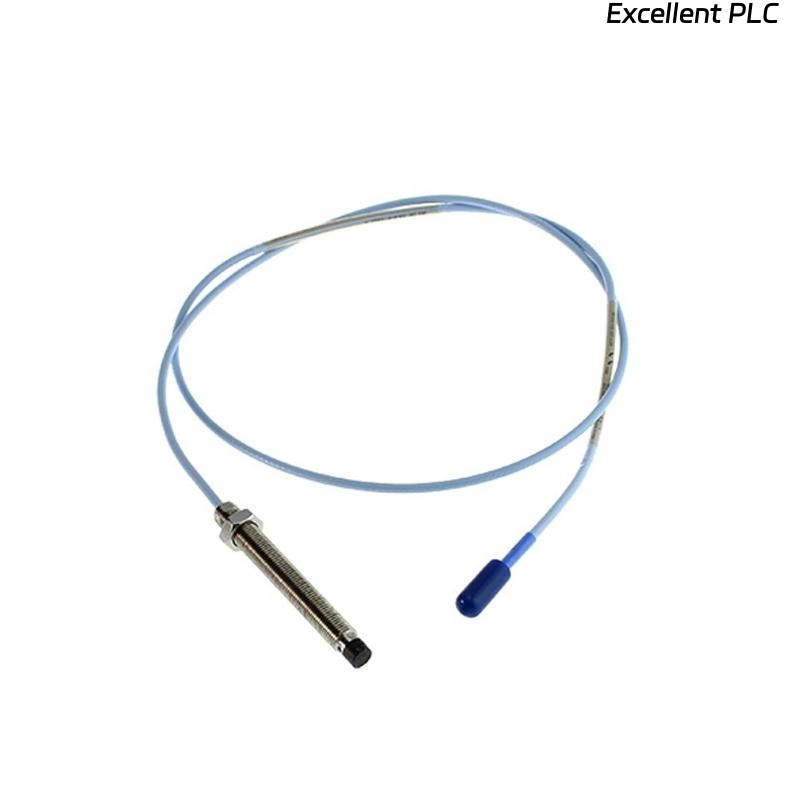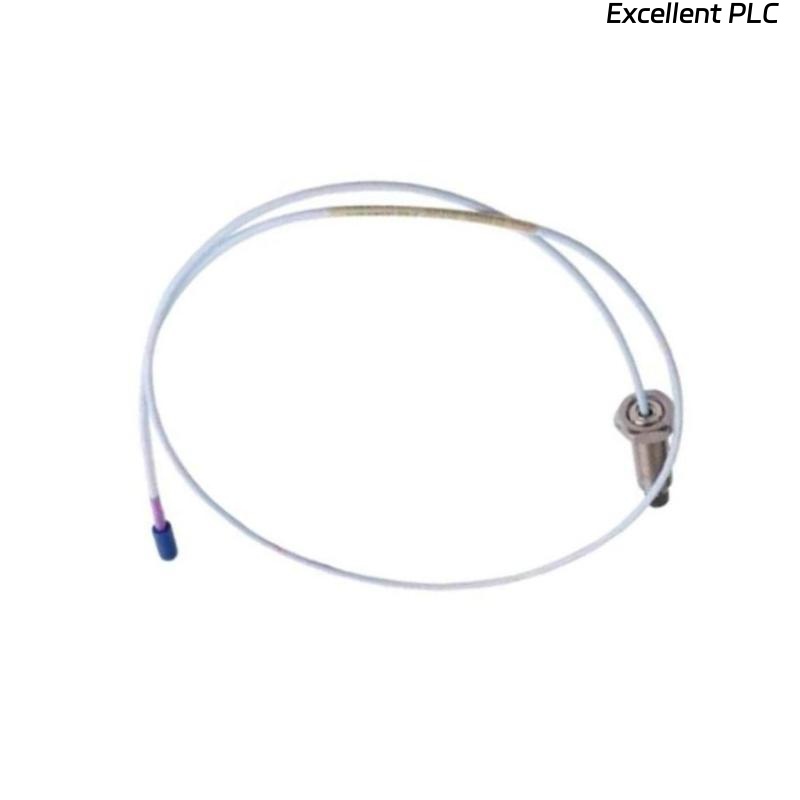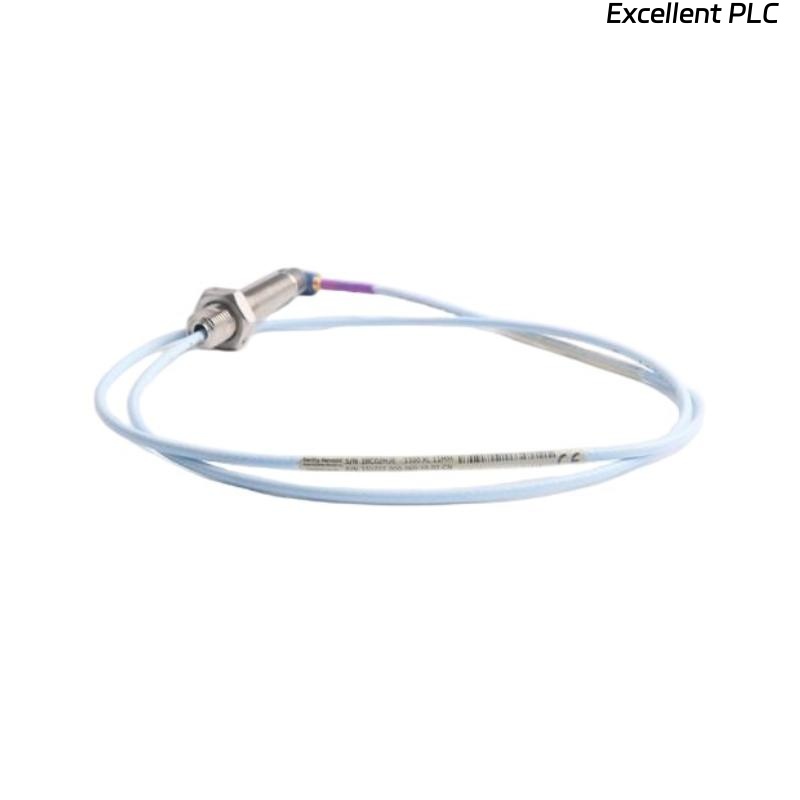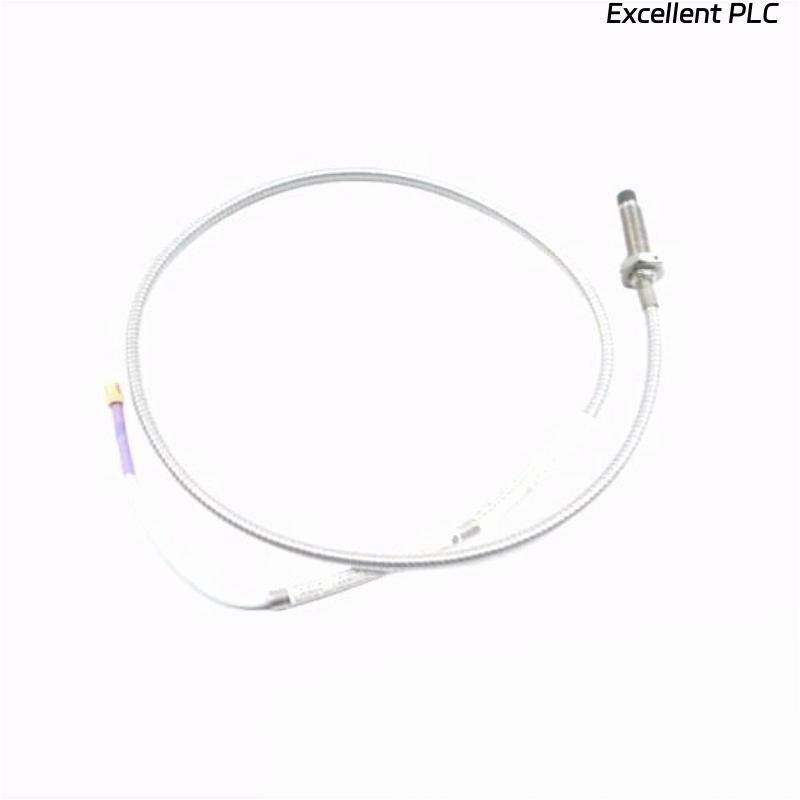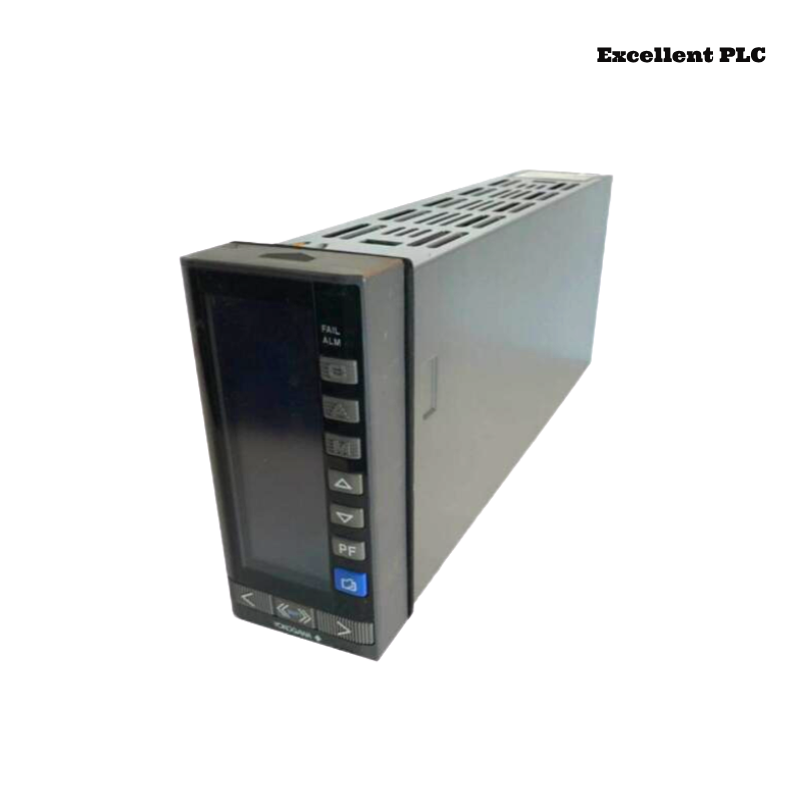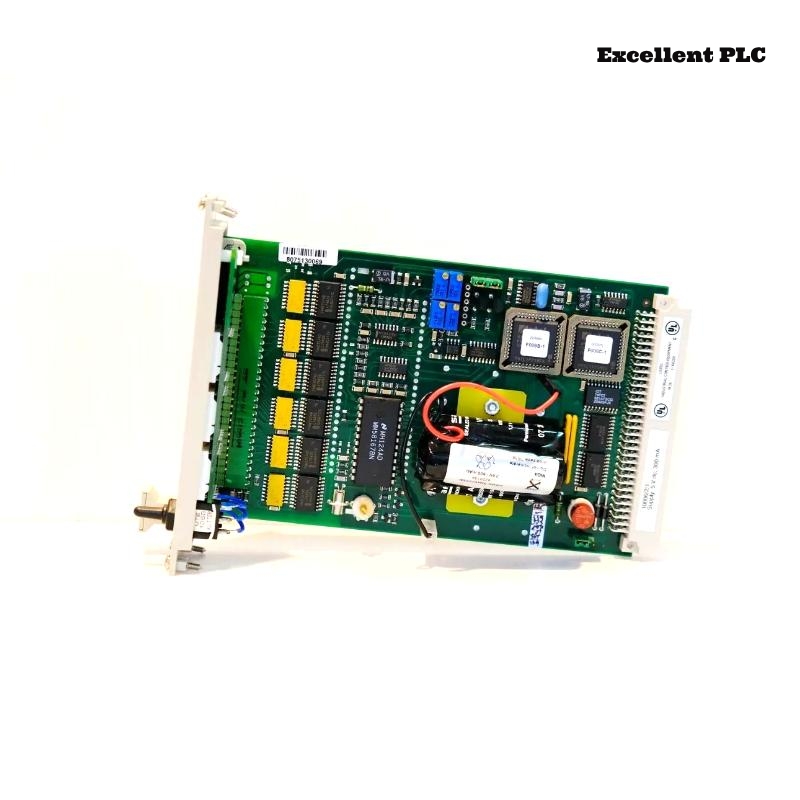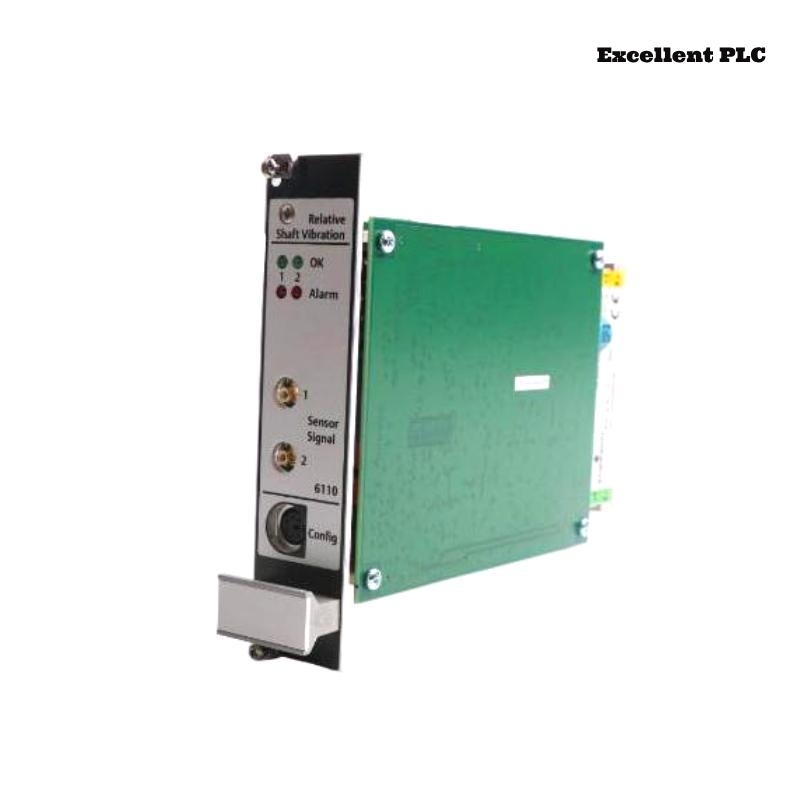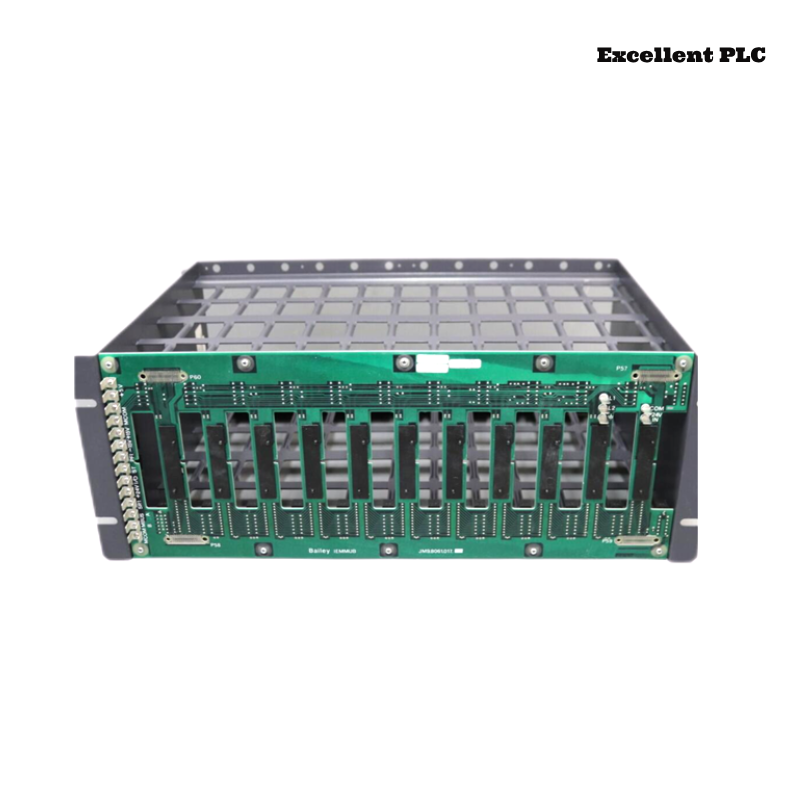| Company Information | ||||||||
| [email protected] | ||||||||
| Mobile | +8613666033393 | |||||||
| +8613666033393 | ||||||||
| 13666033393 | ||||||||
| Add | Room 1004, No. 62 Xiangxiu Li, Siming District, Xiamen City, Fujian Province, China | |||||||
Product Introduction
The Bently Nevada 991-01-XX-01-00 (284318-01) 991 Vibration Transmitter is a high-performance industrial transmitter designed to convert dynamic vibration signals into standardized 4–20 mA output signals for machinery condition monitoring and process control applications. As part of the Bently Nevada 990/991 series, it provides precise vibration measurement for critical rotating machinery such as pumps, motors, compressors, fans, and turbines.
Developed by Bently Nevada, a recognized leader in predictive maintenance and machine protection systems, the 991 transmitter integrates seamlessly into industrial control environments, including PLC, DCS, and SCADA systems. Its design allows the user to monitor machine vibration without requiring a full rack-based system, simplifying installation while maintaining accuracy and reliability.
The 991 transmitter measures vibration velocity or acceleration and delivers a proportional 4–20 mA output that represents overall vibration amplitude. It incorporates advanced filtering, signal conditioning, and temperature compensation to ensure accurate readings under a wide range of operating conditions. Designed for rugged environments, it is enclosed in a corrosion-resistant housing suitable for industrial, power generation, and petrochemical plants.
Technical Specifications
| Parameter | Description |
|---|---|
| Model Number | 991-01-XX-01-00 (284318-01) |
| Product Type | Industrial Vibration Transmitter |
| Input Type | Velocity transducer or accelerometer signal |
| Input Range | ±10 V typical |
| Output Signal | 4–20 mA DC proportional to vibration amplitude |
| Frequency Response | 10 Hz – 1,000 Hz (standard) |
| Output Accuracy | ±1% of full-scale |
| Power Supply | 24 VDC nominal (operating range 18–36 VDC) |
| Output Load Resistance | 250–600 Ω |
| Signal Conditioning | Integrated amplifier and low-pass filter |
| Measurement Parameter | RMS vibration velocity or acceleration |
| Temperature Range (Operating) | -40°C to +85°C |
| Humidity | 0–95% non-condensing |
| Electrical Isolation | 500 V RMS between input and output |
| Housing Material | Anodized aluminum enclosure |
| Mounting Type | DIN rail or surface mount |
| Ingress Protection | IP65 / NEMA 4X rated |
| Shock Resistance | 50 g, 11 ms half-sine |
| Vibration Units | mm/s RMS (standard) or configurable |
| Connection Type | Screw terminal or M12 connector |
| Dimensions | 100.1 x 73.9 x 53.3 mm |
| Weight | 0.43 kg |
| Compliance | CE, RoHS, IEC 61010-1 Safety Standard |
Applications
The Bently Nevada 991-01-XX-01-00 (284318-01) 991 Vibration Transmitter is primarily used for machinery vibration monitoring and protection in industrial systems where simplicity, reliability, and continuous condition feedback are essential. It enables direct integration of vibration data into process control systems, allowing operators to take timely maintenance actions and prevent costly equipment failures.
Common application areas include:
-
Pumps: Continuous monitoring of bearing and shaft vibration to detect imbalance and cavitation.
-
Compressors: Real-time vibration monitoring to prevent rotor misalignment or bearing damage.
-
Fans and Blowers: Detecting unbalance and mechanical looseness to ensure operational stability.
-
Motors: Identifying early signs of bearing wear, electrical imbalance, or misalignment.
-
Gearboxes: Monitoring vibration levels to detect abnormal gear mesh and wear patterns.
-
Turbines: Measuring casing or shaft vibration for protection and efficiency optimization.
-
Conveyors and rotating shafts: Condition-based monitoring of vibration to predict mechanical deterioration.
Because of its loop-powered design, the transmitter is ideal for remote installation in distributed control environments where simplicity and signal reliability are critical.
Product Advantages
-
Direct 4–20 mA Output: Simplifies system integration by providing a process-standard signal compatible with DCS and PLC systems.
-
Rugged Construction: Industrial-grade housing ensures reliable operation in harsh environments including oil, gas, and power plants.
-
High Accuracy: Delivers consistent and precise vibration measurements with minimal signal drift.
-
Low Maintenance: Designed for long-term stability with minimal recalibration requirements.
-
Compact Design: Allows easy installation near machinery without extensive wiring.
-
Wide Frequency Response: Enables detection of a broad range of vibration-related faults.
-
Integrated Filtering: Reduces electrical and mechanical noise, ensuring clean signal output.
-
Flexible Mounting Options: DIN rail or surface-mount configurations for different setups.
-
Electrical Isolation: Protects against ground loops and external electrical disturbances.
-
Reliable Performance: Proven track record in industrial applications requiring continuous monitoring.
FAQ
-
What type of vibration sensors are compatible with the 991 transmitter?
It supports velocity transducers and accelerometers that output dynamic voltage signals within the typical ±10 V range. -
How does the 991 transmitter process the incoming vibration signal?
The internal circuitry amplifies, filters, and converts the signal into a proportional 4–20 mA DC output that represents overall vibration amplitude. -
Can the 991 transmitter measure both velocity and acceleration?
Yes, it can be configured for either RMS velocity or acceleration measurement, depending on the connected transducer type. -
What kind of filtering does the device use to ensure signal stability?
The transmitter includes both high-pass and low-pass filters to eliminate noise and unwanted frequency components. -
Is the 991 transmitter loop-powered or externally powered?
It is a two-wire, loop-powered transmitter that operates directly from the 4–20 mA current loop. -
Can it be integrated into existing DCS or PLC systems?
Yes, the 4–20 mA output signal can be directly connected to analog input modules of most DCS or PLC systems without additional interfaces. -
What protection features are built into the transmitter?
The unit includes surge suppression, reverse polarity protection, and electrical isolation between input and output circuits. -
How is calibration performed for the vibration range?
Calibration is performed at the factory based on the specified “XX” code in the model number, which defines scaling and sensitivity. -
What are the acceptable environmental conditions for installation?
The device operates reliably in -40°C to +85°C temperatures and high humidity environments up to 95% non-condensing. -
How does the transmitter ensure long-term signal reliability in industrial settings?
The device’s solid-state circuitry, filtered output, and EMI-resistant housing maintain consistent signal performance under demanding conditions.
Related Models (Same Series or Function)
| Model Number | Description |
|---|---|
| 991-01-XX-02-00 | 991 Series Transmitter with alternate scaling range |
| 991-02-XX-01-00 | 991 Series Dual-channel configuration |
| 991-03-XX-01-00 | 991 Series with extended frequency response |
| 991-04-XX-02-00 | 991 Series high-sensitivity version |
| 990-05-XX-02-00 | 990 Series Vibration Transmitter (related model) |
| 990-06-XX-01-00 | 990 Series enhanced filter configuration |
Popular Models from the Same Brand
| Model Number | Description |
|---|---|
| 330851-05-000-040-10-00 | 3300 XL 25 mm Proximity Probe |
| 330910-00-05-02-00 | 3300 NSv Proximity Probe |
| 330879-03-03 | 3300 XL 50 mm Proximitor Sensor |
| 3500/42M | Proximitor/Seismic Monitoring Module |
| 3500/22M | System Communications Interface Module |
| 70M303-10-01-01-02 | Ranger Pro Wireless Vibration Sensor |
 Excellent PLC
Excellent PLC


